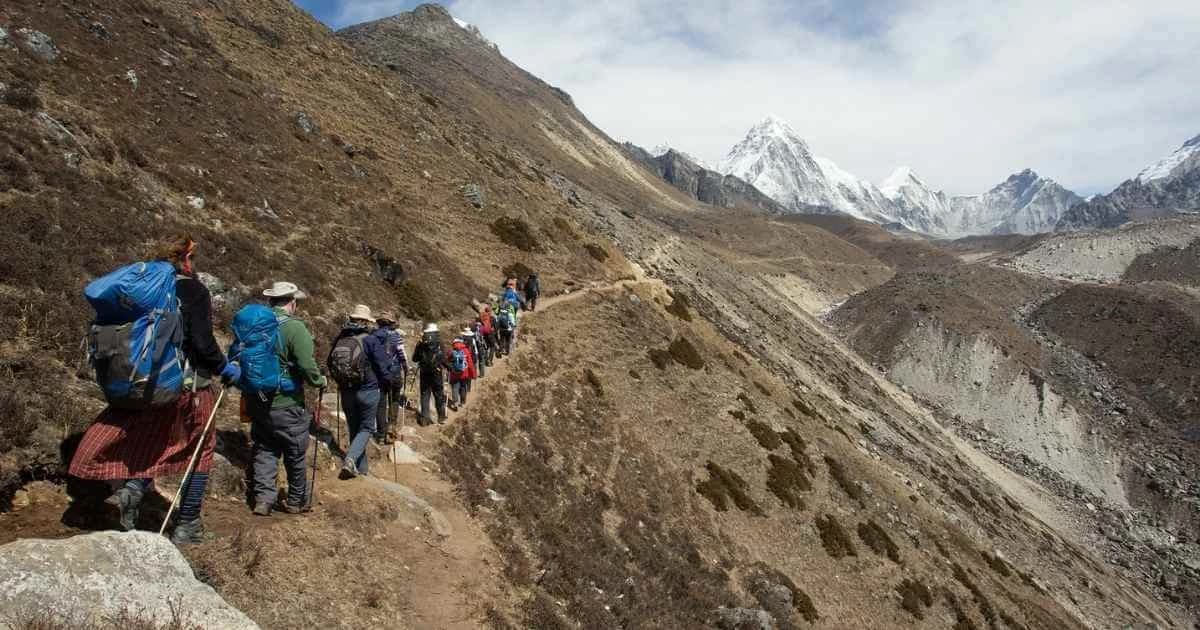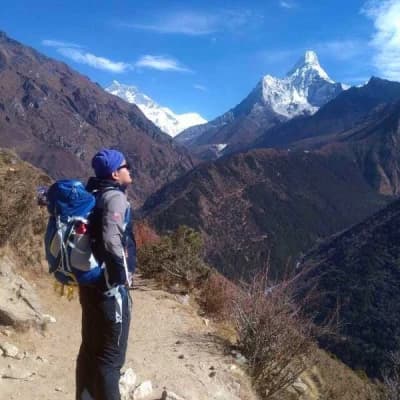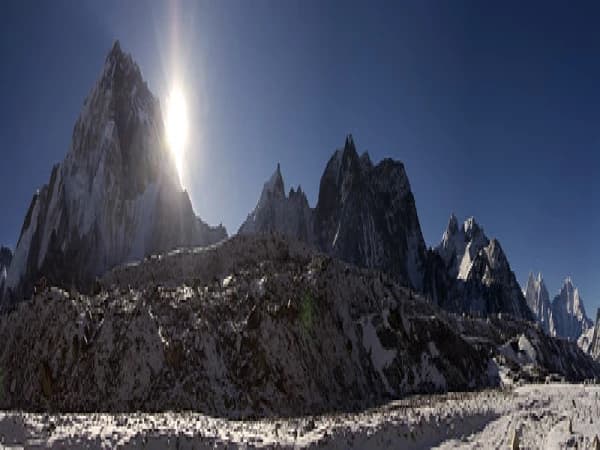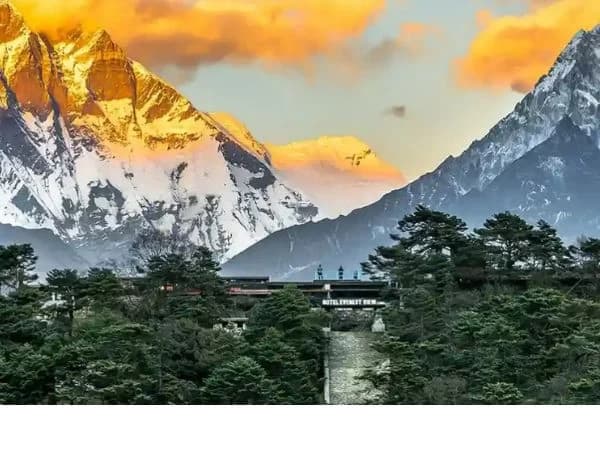If you’re looking for a thrilling adventure, the Everest Base Camp Trek in July offers a unique experience unlike any other. While this season is part of Nepal’s monsoon period, trekking in July has its own charm with lush greenery, fewer crowds, and an adventure that feels deeply personal.
In this guide, we’ll explore why July is a special time for the Everest Base Camp (EBC) trek, what to expect, and how to prepare for the journey.
Why Trek to Everest Base Camp in July?
- July transforms the Everest region into a lush green paradise. The monsoon rains bring vibrant vegetation to life, adding a striking contrast to the majestic snow-capped peaks. The trails are adorned with blooming wildflowers, making the journey a visual treat.
- Unlike the spring or autumn seasons, July sees fewer trekkers. This means you’ll enjoy quieter trails, peaceful accommodations, and a more personal connection with nature and the locals.
- Despite the monsoon, the temperatures in the lower regions remain pleasant. The cooler weather makes hiking more comfortable, especially in the mornings before the afternoon rains.

Challenges of the EBC Trek in July
While July offers many advantages, it also comes with a few challenges:
1. Rainy Weather
The monsoon season means you’ll encounter rainfall, particularly in lower elevations. However, mornings are often clear, providing excellent trekking conditions.
2. Flight Delays
Flights to and from Lukla Airport can be delayed due to weather conditions. Be prepared for possible changes in your itinerary.
3. Slippery Trails
Rain can make trails muddy and slippery. Investing in quality trekking shoes with a good grip is crucial.
Packing Essentials for July Trekking
Prepare for the monsoon by including these essentials in your trekking gear:
- Waterproof Gear: A high-quality rain jacket, rain cover for your backpack, and waterproof pants are a must.
- Trekking Boots: Ensure they are waterproof with a solid grip for slippery trails.
- Layered Clothing: Pack moisture-wicking base layers, a warm fleece, and a down jacket for varying temperatures.
- Trekking Poles: Helpful for maintaining balance on slippery paths.
- First Aid Kit: Include medicines for altitude sickness, band-aids, and antiseptics.
- Water Purification Tablets: Streams may be your main water source during the trek.
Tips for a Safe and Enjoyable Trek in July
Hire a Guide or Porter
Navigating the trails during monsoon weather can be tricky. A guide ensures safety, and a porter helps with carrying your luggage.
Start Early
Begin trekking early in the morning to avoid afternoon showers.
Acclimatize Properly
Take your time to adjust to the altitude to avoid sickness. Days like Namche Bazaar acclimatization are crucial.
Stay Hydrated
Drink plenty of water, but ensure it’s purified. Avoid alcohol during the trek.
Everest Base Camp Trekking Packages in July
Tidy Himalaya, a trusted trekking agency, offers customizable trekking packages for July. Our experienced team ensures:
- Safe and enjoyable trekking experiences.
- Proper gear recommendations.
- Flexible itineraries to handle weather delays.
The Everest Base Camp Trek in July is an adventure filled with serene trails, breathtaking views, and a touch of unpredictability that makes it even more exciting. With proper preparation and the right mindset, July can be the perfect time to explore the magic of the Himalayas.


.webp&w=1200&q=75&dpl=dpl_2PwU5ZDv8uoJ3KrzEVbz8N547HgX)


.webp&w=1200&q=75&dpl=dpl_2PwU5ZDv8uoJ3KrzEVbz8N547HgX)
.webp&w=1200&q=75&dpl=dpl_2PwU5ZDv8uoJ3KrzEVbz8N547HgX)
.webp&w=1200&q=75&dpl=dpl_2PwU5ZDv8uoJ3KrzEVbz8N547HgX)